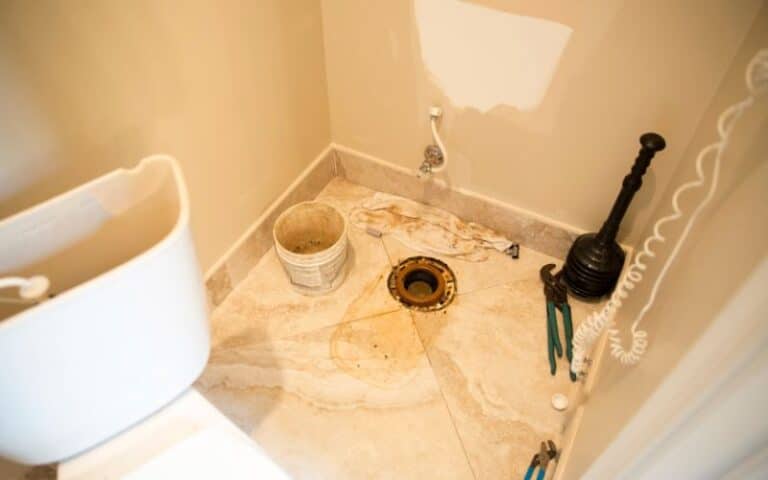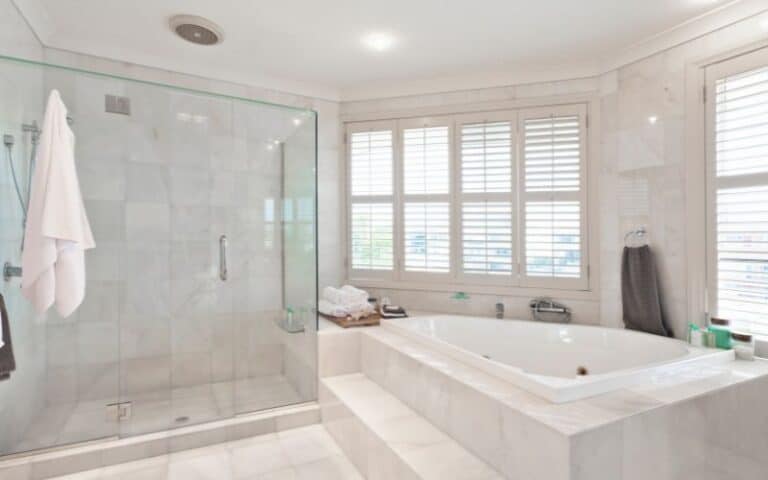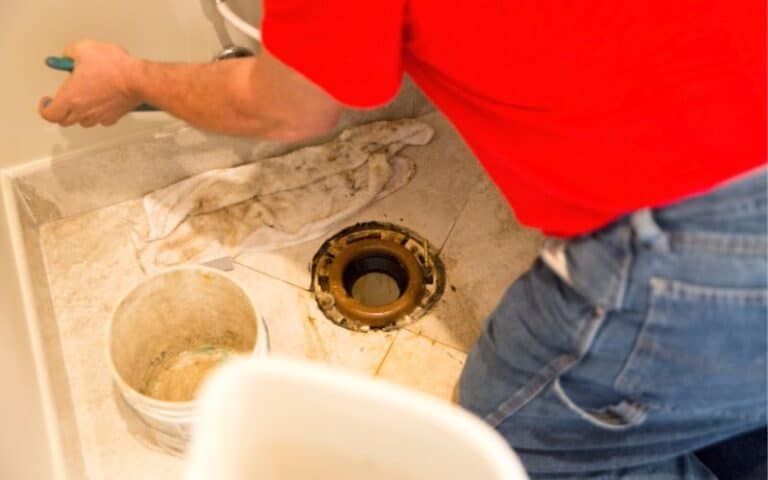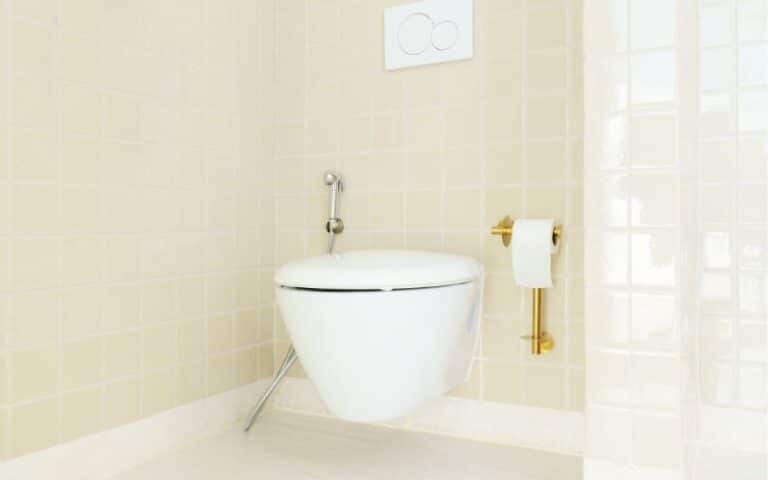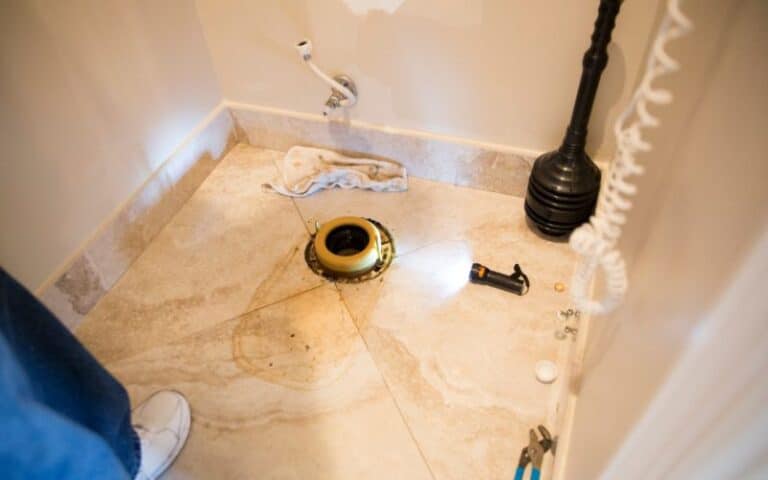In every house, people consider the plumbing system as an essential determinant to living comfortably. Thus, every decision in the plumbing segment is critical.
Many homeowners and builders have questioned whether offset toilet flanges violate plumbing codes. However, the answer is not always a straightforward “yes” or “no.”
There are many factors to consider, including the local plumbing codes, the age of your home, and the layout of your bathroom.
Offset toilet flanges are not prohibited by code, but there may be specific restricting factors depending on your location. The building codes regarding toilet flanges vary from state to state and municipality to municipality. For example, some codes require that the flange be a certain distance from the wall or the center of the drain.
You need to know certain things before purchasing and installing a toilet flange in your home.
This article will explore the pros and cons of offset toilet flanges, discuss the relevant codes, and help you decide if this is right for your home.
Do Offset Toilet Flanges Infringe Plumbing Codes?
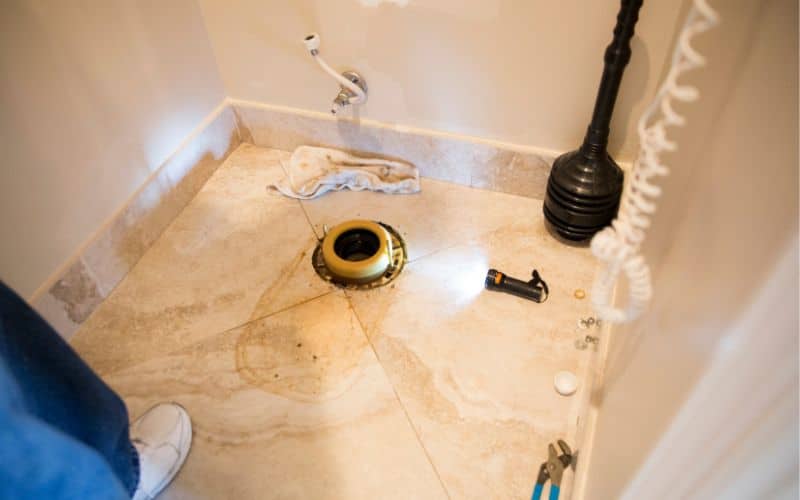
Whether offset toilet flanges infringe plumbing codes depends on the specific plumbing codes in your area.
Plumbing codes are regulations set up by local authorities to ensure the safety and functionality of plumbing systems.
However, these codes vary from region to region, so knowing the plumbing codes applicable to your area is important.
Offset toilet flanges are a type of plumbing fitting that allows for installing a toilet in a location where they cannot use standard toilet flange for various reasons.
These offset flanges alter the position of the toilet bowl from the drain pipe, allowing the connection to flow properly.
In some areas, installation of offset toilet flanges may comply with plumbing codes if you meet the following requirements:
- You install the flange correctly, and
- The flange meets all applicable building codes.
For example, the flanges must be within a specific range of offsets, have proper sealing, and meet other criteria outlined in the plumbing codes.
However, in other areas, the local authorities may not allow offset toilet flanges. In these areas, the law would only permit standard toilet flanges.
To determine whether offset toilet flanges infringe plumbing codes in your specific situation, it’s best to consult with a licensed plumber or local plumbing authorities.
The plumbing authorities will have the expertise and knowledge of the specific codes in your area and can provide you with accurate information.
Note that offset flanges are distinct from regular flanges.
Here are some differences between the offset flanges and other toilet flanges:
| Offset flanges | Toilet flanges |
|---|---|
| Installation occurs when you have not aligned the toilet drain pipe and floor drain. | Installation occurs when you have aligned the toilet drain pipe and the floor drain. |
| Offset toilet flanges come in different offset distances | Other toilet flanges do not have an adjustable feature. |
| You need to align offset flanges properly to ensure a watertight connection. | Compared to offset flanges, other flanges require a slightly different installation process. |
| Offset flanges are slightly more expensive due to their adjustable feature | Other toilet flanges are considerably more affordable and budget-friendly. |
Also, note that plumbing codes are in place to ensure the safety and functionality of plumbing systems.
Therefore, experts recommend you follow them to avoid potential issues in the future.
What Is The Plumbing Code For Installing Toilet Flanges?
The plumbing code for installing toilet flanges can vary depending on your location and the specific building codes in place.
However, this article will provide you with some commonly followed general guidelines.
Toilet flanges are essential to a plumbing system as they connect the toilet to the waste pipe.
Put differently, toilet flanges ensure a secure and watertight connection, preventing leaks and maintaining proper sanitation.
In most cases, the plumbing code requires installing toilet flanges at the finished floor level. The code requires the toilet to sit at the correct height and maintain a proper seal.
Ensure to securely fasten the flanges to the floor using screws or bolts. The goal here is to achieve stability for your toilet.
Also, the plumbing code may specify the type of material that you should use for the flange. Common materials include PVC, cast iron, and brass.
Note that the flange should be durable and resistant to corrosion. Therefore, use materials that satisfy these qualities.
The plumbing code may also require installing a gasket or wax ring on the flange.
The wax ring helps create a watertight seal between the toilet and the waste pipe, preventing leaks or odors. Plumbers typically place the wax ring on top of the flange before installation.
Moreover, the plumbing code may have specific requirements for the size and shape of the flange.
These requirements ensure compatibility with the toilet and the waste pipe.
Furthermore, the plumbing code may provide venting requirements for your toilet. Venting involves controlling the air pressure in your home plumbing system.
Proper ventilation in your plumbing system is essential to prevent unpleasant gas odors from manifesting.
The code sometimes provides venting rules that affect how you install your flange.
Additionally, the code may be provided for disabled persons. You must adhere to these particular rules strictly, as authorities consider accessibility to disabled persons as critical.
In conclusion, the code allows for permits and occasional inspection of your toilet flanges to ensure compliance. Ensure to always make yourself readily available for such inspections.
Note that the plumbing code may include guidelines for the flange’s location, material, fastening, and how to use gaskets or wax rings.
Nevertheless, consult your local plumbing code for specific requirements in your area.
How Far Can You Offset A Toilet Flange Within The Plumbing Code?
In most cases, the plumbing code allows for a maximum offset of 3 inches horizontally and 1 inch vertically.
Consequently, you can offset the toilet flange up to 3 inches to the left or right and up to 1 inch up or down from its original position.
While you can base the measurements above on the centerline of the toilet flange, note that these measurements vary depending on the specific adopted plumbing code in your area.
Some codes may allow for greater offsets, while others may have more restrictive requirements.
Additionally, while the plumbing code provides guidelines for installing offset flanges properly, you must consider the practicality and functionality of the offset.
Also, consider factors such as the plumbing system’s structural integrity, the drain pipe’s slope, and the bathroom’s overall layout.
Common Problems With Offset Toilet Flanges That Put Them Against Code In Some Areas
Common problems with offset toilet flanges that put them against code in some areas include:
#1. Incorrect Installation
If you do not properly install an offset toilet flange, it can lead to leaks and improper alignment of the toilet bowl. This can cause water damage and potential health hazards.
#2. Inadequate Support
Offset toilet flanges may not provide enough support for the toilet bowl, leading to instability and potential damage to the flooring or subfloor.
#3. Height and Alignment Issues
Offset toilet flanges can cause the toilet bowl to sit at an incorrect height or angle, which can affect the comfort and functionality of the toilet.
It can also lead to improper waste disposal and potential clogs.
#4. Leaks and Odors
If the seal between the offset toilet flange and the toilet bowl is not tight, it can result in leaks and unpleasant odors in your bathroom.
#5. Limited Compatibility
Offset toilet flanges may not be compatible with all types of toilets, especially those with specific installation requirements. This can limit your options while selecting and installing your toilet.
#6. Increase in Maintenance
Due to their design, maintaining and repairing offset toilet flanges will be more frequent than other toilet flanges. This can be time-consuming and costly.
#7. Limited Availability
Offset toilet flanges may not be as readily available as other toilet flanges, making finding replacement parts or accessories more difficult.
#8. Sanitary Problems
Cleaning offset toilet flanges is difficult, which may lead to serious sanitary problems.
#9. Clogging
In terms of clogging, the offset design can make it difficult for waste to flow freely through the drain pipe, which can lead to clogs and backups.
#10. Code Violations
Offset toilet flanges may not meet the plumbing code requirements in some areas. This can result in failed inspections and potential fines or penalties.

